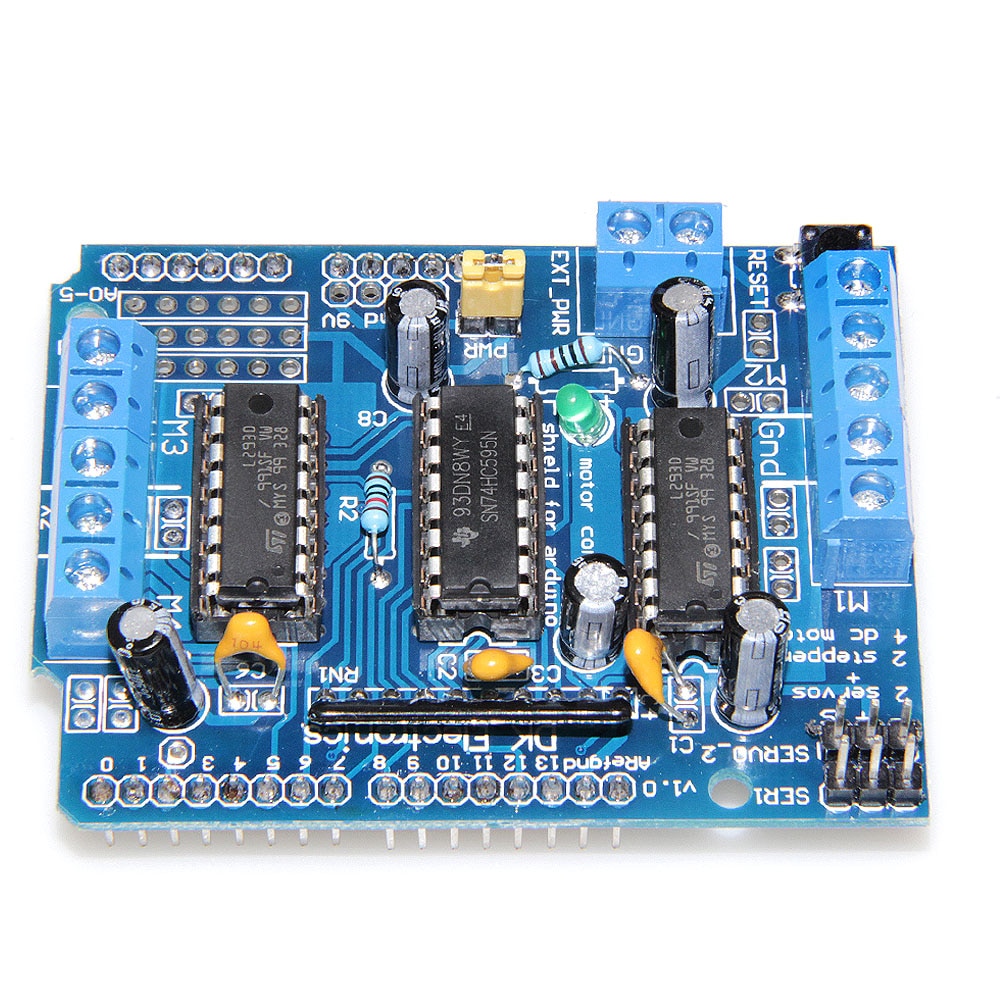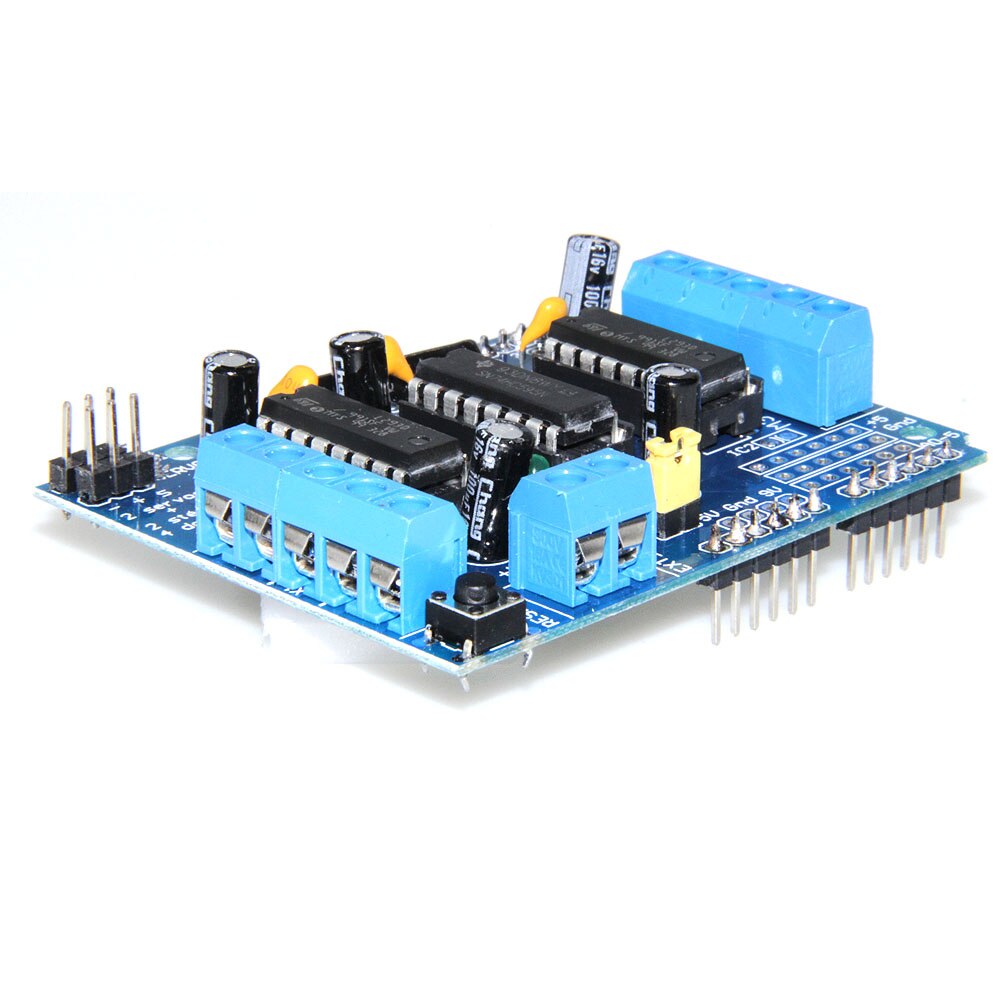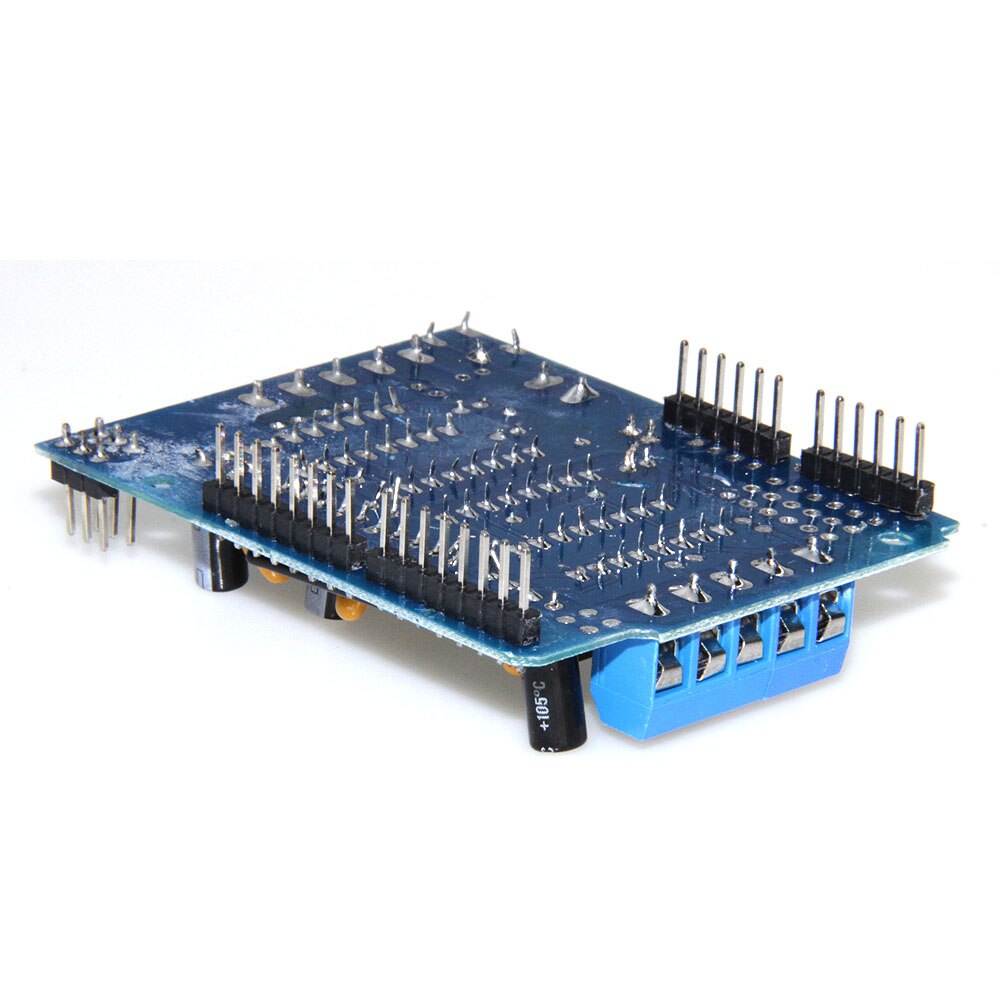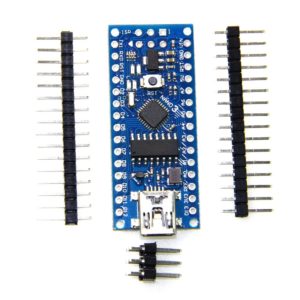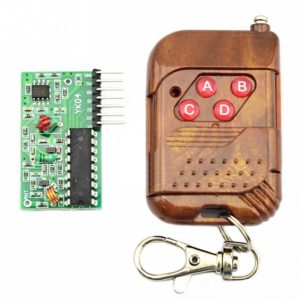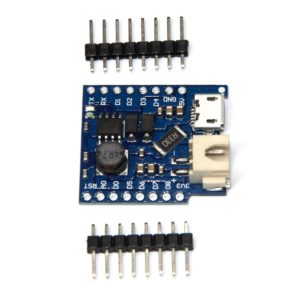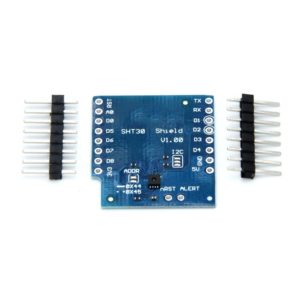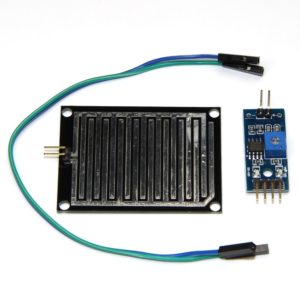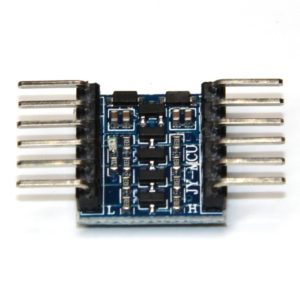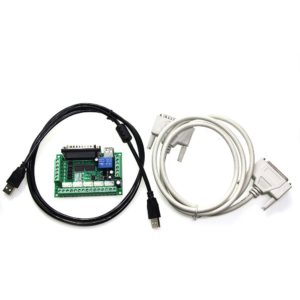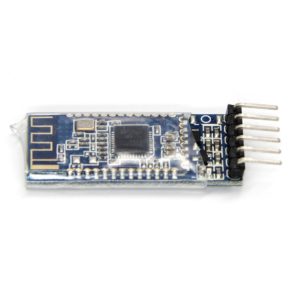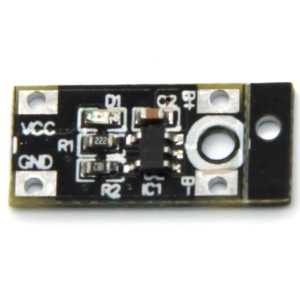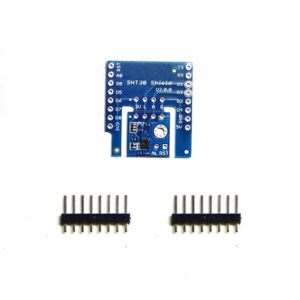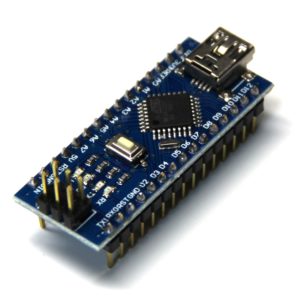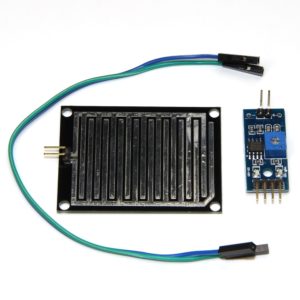- Brand Name: WEMS
- Compatible Brand/Model: None
- SKU: F526-A
10Pcs/lot L293D Motor Control Shield Motor Drive Expansion Board For Arduino Motor Shield
Product Description:
The motor shield is based on the L293, which is a dual full bridge designed to handle stick inductive loads such as relays, solenoids, DC and stepping motors. You can connect two dc motors with their board, control the speed and direction of each independently. They can also measure the motor current absorption of each motor, among other functions. The shield is TinkerKit compatible, which means they can quickly create projects by plugging TinkerKit module to the board.
Summary
Operating voltage 5 V to 12 V
Motor controller L293D, sticks 2 DC motors or 1 stepping motor
Max current 2A per channel or 4A max (with external power supply)
Current detection 1.65 V / A
Free running stopwatch and brake function
power
The Arduino motor shield must be driven only by an external power supply. Because the L293 IC mounted on the shield has two separate power connectors, for the logic and one for the motor supply driver. The required motor current often exceed maximum load USB rated current.
External (USB) power can come from either an AC to DC adapter (wall-wart) or battery. The adapter can be connected by mounting a 2.1mm center-positive plug in the Arduino board power jack on which the motor shield is mounted or by connecting the wires that carry the power supply of the Vin and GND screw terminals to the care to respect the polarities.
To avoid possible damage to the Arduino board to which the shield is mounted, we reccomend with an external power supply that will provide a voltage between 7 and 12 V. if your motor require more than 9 V we recommend that they separate the power lines of the shield And the Arduino board on which the shield is mounted. This is possible by cutting the "Vin Connect" jumper on the back of the shield. The absolute limit for the Vin at the screw terminals is 18 V.
The power pins are as follows:
Vinauf the screw clamp, the input voltage is connected to the motor the shield. An external power supply connected this pin also to the power supply of the Arduino board mounted on the. By cutting the "Vin Connect" jumper they make this one dedicated power line for the motor.
GNDgrund on the screw clamp block.
The shield can be 2 amp per channel, for a total of 4 amp maximum.
entrance and exit
This shield has two separate ducts, as A and B, that each use 4 of the Arduino pins to drive or feel the motor. In total there are 8 pins in use on this shield. You can combine each channel separately to two DC motors or to stick a bipolar step motor.
The shield of pins, divided by channel are shown in the following table:
Function pins per Ch. One pin per Ch. B
Direction D12 D13
PWM D3 D11
Brake D9 D8
Current detection A0 A1
If they do not need the braking and the current measurement and they also need more pins for their application they can disable these functions by cutting the respective jumper on the back of the shield.
The additional sockets on the label are described as follows:
Screw terminals connect the motors and their power supply.
2 TinkerKit for two analogue inputs (white), connected A2 and A3
2 TinkerKit for two Aanlog outputs (in orange in the middle), connected pwm outputs on pins D5 and D6.
2 TinkerKit for the twi interface (in white with 4 pins), one for input and the other for output.
motor connections
Brushed DC motor. You can connect two brushed DC motors by connecting the two wires from each to the (+) and (-) screw terminals for each channel A and B. in this way you can change direction by setting HIGH or LOW the DIR A and DIR B pins, You can adjust the speed by varying the PWM A and PWM B duty cycle values. The brake A and brake B pins when set HIGH, effectively brake the DC motors rather than let them slow down by cutting the power. It can measure the current through the dc motor read through the SNS0 and SNS1 pins. On each channel, a voltage proportional to the measured current, which can be read as a normal analogue input, is performed by the function analogRead () on the analog input A0 and A1. For its convenience it is calibrated 3.3 V when the channel delivers its maximum possible current, which is 2A.
physical properties
The maximum length and width of the motor shield PCB are 2.7 and 2.1 inches respectively. Four screw holes allow the board to be mounted on a surface or case. Note that the distance between digital pins 7 and 8 is 160 mils (0.16 "), not one also several of the 100 mins distance of the other pins.






